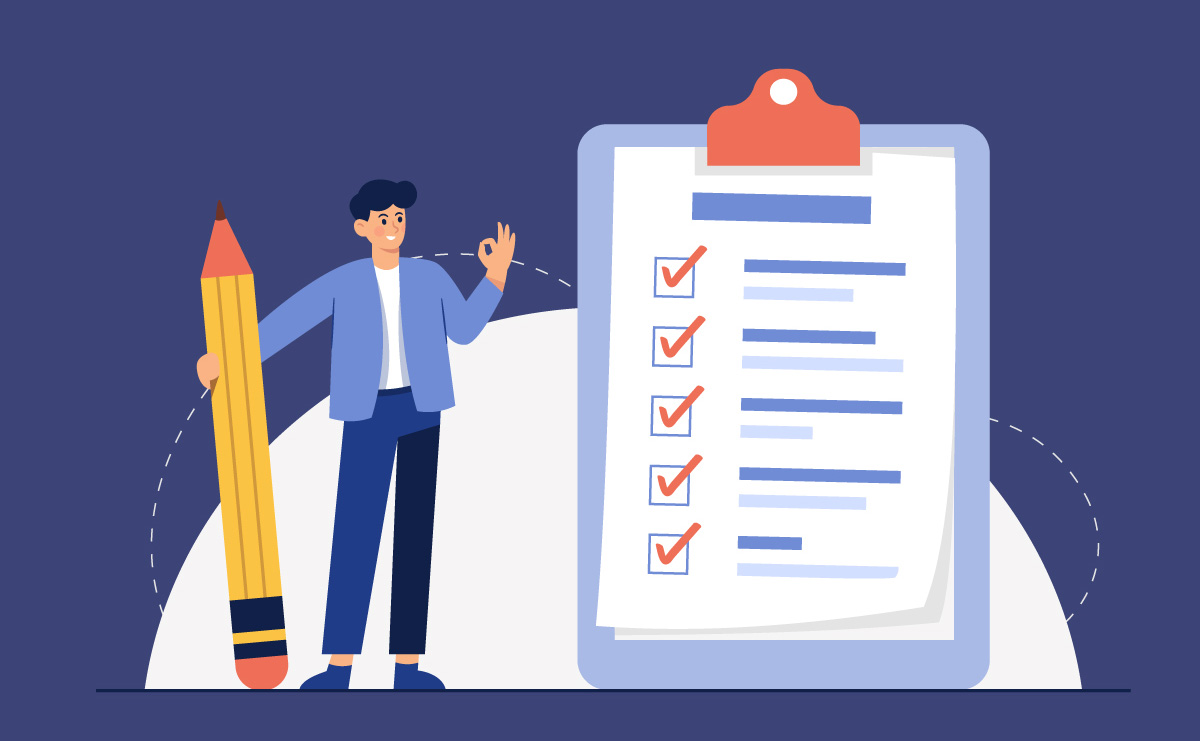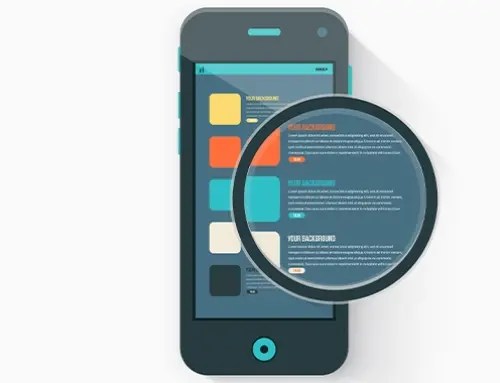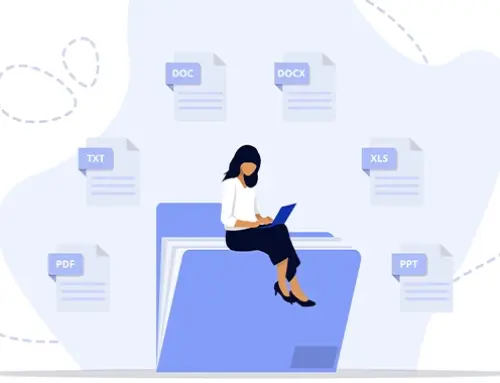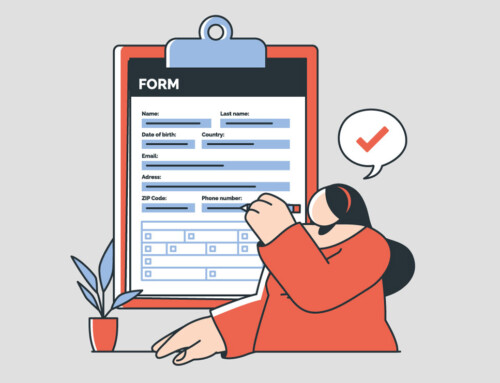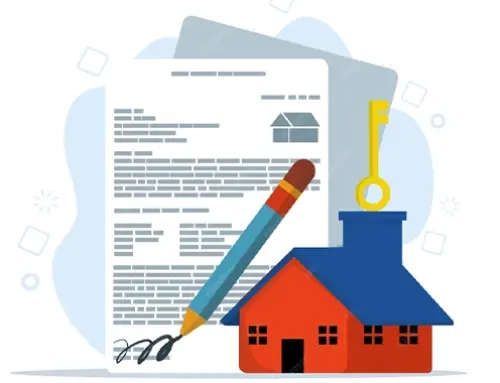Contents
Trial Preparation Essentials: What Every Paralegal and Attorney Should Know
Getting ready for trial takes more than just legal knowledge—it demands careful planning, solid organization, and strong teamwork. Whether you are an attorney or a paralegal preparing for trial, staying on top of every detail can make all the difference in the courtroom. In this article, we will walk through the key steps of trial prep, covering everything from early strategy meetings and managing documents to organizing evidence, prepping witnesses, and handling courtroom logistics. We will also highlight how a simple, yet effective trial preparation checklist can keep everyone on the same page and help the legal team show up fully prepared. A complete trial preparation checklist can help you avoid costly last-minute surprises.
Pre-Trial Planning and Strategy Meetings
Effective trial prep starts months in advance with a solid plan and regular strategy sessions. Both attorneys and paralegals should coordinate closely to map out the case theory, key tasks, and deadlines. A paralegal preparing for trial often handles critical tasks like drafting witness lists, coordinating with expert witnesses, and compiling discovery materials. Early preparation and teamwork help avoid last-minute scrambles and ensure nothing falls through the cracks. A well-structured trial preparation checklist can streamline your entire litigation process. Consider the following pre-trial planning steps:
- Create a master timeline and calendar of deadlines: Compile all key dates from the court’s scheduling order and any local rules or standing orders. Include internal milestones leading up to those dates. You have to juggle jury instructions, trial briefs, voir dire, motions in limine, expert reports, and many other things – so a detailed calendar is required. Consider using a trial countdown guide as a roadmap for tasks.
- Hold regular strategy meetings: Schedule weekly or biweekly trial team meetings in the lead-up to the trial to review progress and plan the next steps. Use these meetings to dole out assignments, check on outstanding items, and make key strategic decisions as a group. Keeping a standing 30-minute team call (with a set agenda) maintains accountability and engagement without endless ad-hoc calls.
- Use a shared task list and assign responsibilities: Maintain a master task list of every preparation item (from drafting motions to reserving trial technology) and assign each task to one responsible team member. Each task should have a deadline (drawing from court deadlines and internal needs), and the list should be circulated to the whole team so everyone knows who is handling what. Delineating roles early ensures those jobs do not default to busy attorneys and that everything is handled efficiently.
- Develop the case theory and theme: In your strategy meetings, work collaboratively to refine a compelling theory of the case and key themes for trial. This means determining the story you will tell the jury or judge – how the facts and law fit together in your client’s favor. A strong theme helps guide all other preparations. Colleagues, including paralegals, can provide fresh eyes on the facts and law, often spotting angles or weaknesses that shape your arguments and strategy. The paralegal preparing for the trial meticulously organized all exhibits, coordinated witness schedules, and ensured every document was indexed adequately for the attorney’s courtroom presentation.
- Prepare critical trial materials in advance: Do not wait until the eve of the trial to draft essential documents. Well ahead of deadlines, begin writing motions in limine, jury instructions, trial briefs, and opening statements. These should be reviewed and refined during strategy meetings to align with your game plan. By preparing these early, the team has time to research legal issues and ensure the arguments and evidence presentation are cohesive. Early prep also leaves bandwidth for last-minute issues that inevitably arise.
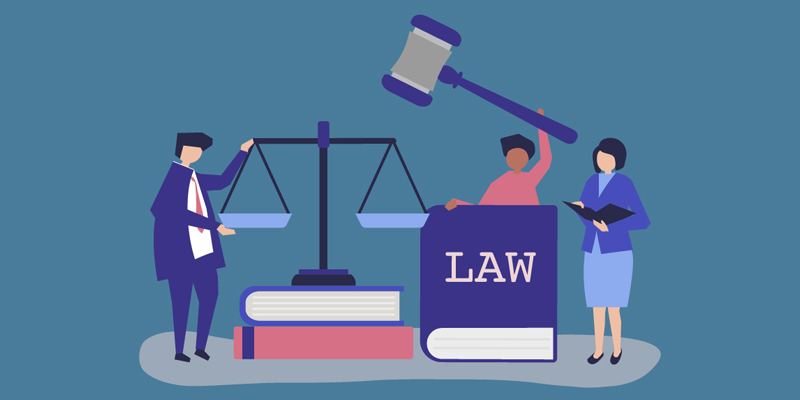
Case File and Document Management
An organized case file is the foundation of effective trial prep. Paralegals typically spearhead document management, ensuring every pertinent record is at the legal team’s fingertips. Attorneys and paralegals should work together to maintain an up-to-date, well-indexed case information repository. Key practices for managing the case file and documents include:
- Thoroughly organize the case file: Review the entire case file to make sure all pleadings, motions, discovery responses, correspondence, and prior orders are compiled in one place. Eliminate duplicates and ensure you have the latest versions of each document. This comprehensive review gives the attorney and paralegal a complete understanding of the case’s procedural history. An experienced paralegal preparing for trial ensures all pre-trial motions are filed and deadlines are met.
- Create a document index or database: Develop a detailed index of all case documents (pleadings, exhibits, deposition transcripts, expert reports, witness statements, etc.) for quick reference. Many teams use a document management system to store and tag files electronically, allowing instant retrieval and full-text searching. The index should be updated as new materials come in. With a well-structured index or database, the paralegal can locate a document in seconds if an attorney asks for a specific document mid-trial.
- Assemble trial binders (and/or digital notebooks): Create dedicated trial binders for use in the courtroom. These typically include key pleadings, critical evidence, witness lists, exhibit lists, trial schedules, and essential legal research. Organize binders with tabbed sections for easy flipping – for example, one section per witness, a section for opening/closing, a section for jury instructions, etc. In complex cases, multiple binders or volumes may be needed (e.g. an exhibits binder, a witness binder, a research binder). Additionally, consider a digital trial notebook on a laptop or tablet containing the same materials, which can be keyword-searched on the fly.
- Follow the pretrial order as a roadmap: The court’s pretrial order is essentially a blueprint for a trial. It forces you to organize and disclose your exhibits, witness lists, stipulations, and key issues in advance. Use the pretrial order requirements as a checklist: ensure every exhibit is accounted for, every witness is noted, and all stipulations or jury instructions are drafted as required. Treat this document like your bible during prep – compliance with it is mandatory and immensely helpful in getting the file trial-ready.
- Maintain backups and update continuously: Throughout the lead-up to the trial, keep the case file current. When new evidence or disclosures arrive, add them to the index and binders immediately. Make backup copies of crucial documents (both in paper and electronic form) in case originals get lost or damaged. It is wise to have duplicate trial binders for the lead attorney and second chair, and digital backups of all critical files. This way, a lost folder or a tech failure will not cripple your presentation. A well-maintained, orderly case file means the team can confidently locate any needed information under pressure.
Evidence Preparation and Exhibits
The quality and presentation of evidence at trial can make or break a case. Preparing exhibits is not just an administrative task – it requires strategic thinking about best-presenting proof to the jury. Paralegals often lead in the wrangling of the evidence, with attorneys directing what must be highlighted or challenged. A key part of any litigation course is observing a paralegal preparing for trial to understand real-world applications. Do not rely on memory—your trial preparation checklist should include even the smallest procedural details. Use the following checklist to get your proof and exhibits trial-ready:
- Gather and catalog all evidence: Early on, compile every piece of evidence your side may use or that you need to be familiar with. This includes documents, emails, photographs, videos, physical objects, deposition excerpts, etc. Create a master evidence log or spreadsheet that lists each item with an exhibit number or ID, a brief description, and notes on its source or relevance. This catalog should also track whether the item has been produced in discovery and if it has been marked as a proposed trial exhibit. By inventorying everything, you ensure nothing slips through the cracks.
- Prepare exhibit lists and markings: Using your evidence log, prepare the formal Exhibit List required by the court’s pretrial procedures (usually filed just before trial). This list enumerates all exhibits you intend to introduce at trial. Make sure each exhibit is labeled according to the court’s rules – for instance, attach exhibit stickers to physical documents or label electronic files accordingly. Double-check that every item cited in your trial binder or witness outline has a corresponding exhibit number. Having exhibits pre-marked and indexed will save time in the courtroom and impress upon the court that you are well-prepared.
- Review admissibility and handle evidentiary issues: For each proposed exhibit, consider any evidentiary hurdles. Is a document authenticated? Does a piece of evidence raise hearsay issues? Anticipate objections that the opposing side might raise (relevance, prejudice, foundation, etc.). Where issues exist, plan how to cure them – for example, obtain an affidavit or testimony to authenticate a document, or identify an exception to hearsay. It is often wise to file motions in limine to resolve questionable evidence issues before trial. By briefing the court on disputes, you can get rulings in advance and avoid fiery arguments in front of the jury.
- Organize exhibits for easy presentation: How you organize and package your exhibits can significantly affect your ability to present evidence smoothly. Arrange exhibits in the order you plan to introduce them (especially for the critical ones you will use with witnesses). Prepare exhibit binders for the courtroom – typically one for the judge, one for your team, and one for opposing counsel – containing copies of each exhibit behind numbered tabs. If the case is document-intensive, these binders are a must to keep hundreds of pages in order. Alternatively, if using trial presentation software, ensure all digital exhibits are correctly loaded and labeled in the program. Practice pulling up each exhibit to retrieve any item within secondsduring the trial. The goal is to seamlessly introduce exhibits without fumbling, whether handing a binder to the witness or projecting a document on a screen.
- Plan demonstratives and visual aids: Decide if any demonstrative exhibits (charts, timelines, diagrams) or technology (PowerPoint slides, video clips) will be used to support witness testimony or arguments. Prepare those in advance and share them with the team for feedback. Many courts require the exchange or disclosure of demonstratives to the other side before they are shown to the jury, so know the rules and deadlines. Treat demonstratives as part of your exhibit preparation: label them, practice with them, and be ready to lay a foundation if needed. Properly executed, visual aids can make complex evidence more understandable for the jury.
- Ensure accessibility during trial: Double-check that all exhibits (and copies) are where they need to be immediately before trial. Bring extra copies of key documents if the judge or a juror (in a jury trial) needs one. If electronic exhibits are used, have printouts as a backup in case technology fails. Organize exhibits at the counsel table or on the presentation computer in a logical manner, for example, keep the day’s planned exhibits in a separate folder or binder. Preparation here prevents chaos in the courtroom when the pressure is on.
Witness Coordination and Preparation
Both lay and expert witnesses are central to telling your story at trial. Preparing them is a joint effort: attorneys shape the testimony and strategy, while paralegals handle much of the scheduling, coordination, and support. It is critical to polish what your witnesses will say and manage the logistics of getting them to court and comfortable on the stand. Follow these steps to coordinate and prepare witnesses effectively:
- Identify all potential witnesses early: Early in trial prep, the team should make a comprehensive list of witnesses who may testify, including party representatives, fact witnesses, and expert witnesses. Determine the purpose of each witness (what they will prove or rebut) and prioritize them. This list often originates from the initial case analysis and discovery (for instance, anyone who was deposed or provided an affidavit is a candidate for the trial witness list). Paralegals can help know the players by compiling profiles or summaries for each witness, which is essential for adequate preparation.
- Secure their availability and attendance: Once the witness list is set (even a preliminary one), inform each witness of the expected trial timeframe and gauge availability. Critical witnesses, especially those not party to the case, prepare trial subpoenas to formally secure their attendance. Every person on the final pretrial witness list should receive a subpoena or trial notice, even if they have verbally agreed – this avoids ambiguity and provides them legal cover to get off work, etc. Discuss with your attorneys which witnesses will be called (sometimes not all on the list are used)so you can prioritize who absolutely must be there. In advance, address any travel arrangements or accommodation needs for out-of-town witnesses.
- Provide witnesses with information and expectations: Well before the trial date, communicate with each witness about what to expect. Send them a formal letter or email (or have a call) detailing the trial schedule (or the window during which their testimony is expected), the location of the courthouse, where to meet the legal team, and how long they might need to be there. This is part of witness coordination – ensuring they are informed about trial dates, locations, and roles. Address any concerns they express (for example, nervousness about testifying or scheduling conflicts). Clear communication avoids no-shows and builds the witness’s confidence that they are supported.
- Conduct witness prep sessions: Schedule one or multiple preparation sessions with each key witness. Attorneys should meet with witnesses to review and vet their testimony and ensure consistency with the case theory. Paralegals can assist by organizing these meetings, preparing question outlines, and taking notes. During prep, review the topics the witness will cover and potential questions (both from your side and likely cross-examination from the other side). If the witness has given a deposition, review their depo transcript with them to refresh their memory and ensure their trial testimony will be consistent or explainable. The aim is to make the witness comfortable with their narrative and aware of tricky areas.
- Practice direct and cross-examination: Doing a practice Q&A with the witness is often helpful. The attorney can role-play their direct examination, asking the questions they intend to ask at trial so the witness can practice delivering answers clearly and concisely. Just as importantly, coach the witness for cross-examination: pose the kinds of challenging questions or confrontations the opposing counsel might use. Instruct the witness on strategies like pausing to think, only answering the question asked, and not volunteering extra information. Some teams even conduct full mock cross-exams or use another colleague to play the part of opposing counsel.
- Cover courtroom procedures and etiquette: Many lay witnesses have never testified in court, so part of the trial prep is explaining how the trial day will go. Paralegals or attorneys should brief them on the basics. Explain where each person sits in the courtroom and where the witness should go when called. Discuss appropriate attire and demeanor – professional clothing, staying calm, and avoiding argumentative or flippant tones. These tips help the witness present themselves well. If an objection is made, they should stop speaking and wait for the judge’s instruction to continue.
- Coordinate last-minute logistics with witnesses: As the trial approaches, keep witnesses updated on any schedule changes (for example, if the trial start is delayed or if the expected testimony order shifts). Have a clear plan for each witness’s arrival: who will meet them at the courthouse, where they should wait (a witness room or outside the courtroom until called), and approximately when their testimony will occur. On the day of testimony, the paralegal often acts as the point person to greet the witness, ensure they have any needed materials (like a copy of their deposition or statement), and bring them into the courtroom at the right time.
Paralegal-Attorney Collaboration Tips
Strong collaboration between attorneys and paralegals is at the heart of every successful trial team. Each brings different skills to the table, and when they work in sync, the whole is greater than the sum of its parts. Trials are high-pressure endeavors, making mutual trust, clear communication, and teamwork more critical. Here are some tips to maximize paralegal-attorney collaboration during trial preparation:
- Define roles and expectations from the start: Begin by clearly delineating who is responsible for what in the trial prep process. This includes legal tasks (e.g. which attorney will handle which witnesses or motions) and support tasks (e.g. the paralegal manages exhibit organization and trial logistics). When roles are assigned, each team member can “own” their duties and excel at them. It also prevents tasks from falling through the cracks or being accidentally duplicated. For instance, if it is agreed that the paralegal will coordinate witness logistics and an attorney will focus on motion practice, each can proceed confidently. Setting these expectations early promotes a smoother workflow and shows the client that someone covers every detail.
- Communicate frequently and efficiently: Establish a communication routine that keeps everyone in the loop. Regular team check-ins (as discussed in pre-trial planning) are vital. In intense prep periods, many teams find a short daily huddle (even 10 minutes in the morning) helps identify that day’s priorities. Once the trial starts, consider debriefing for a few minutes after each day’s proceedings to discuss what went well and what needs follow-up. Also, encourage open lines of communication throughout the day – the attorney should feel comfortable asking the paralegal for any needed document at a moment’s notice, and the paralegal should update the attorney promptly if any issue arises (e.g., a witness stuck in traffic). Effective communication ensures the team can adapt quickly and present a unified front.
- Leverage each other’s strengths: Acknowledge and utilize the unique skills that attorneys and paralegals each bring. Paralegals are often masters of multitasking and detail: they can handle database management tasks with ease and precision, keep track of exhibits in real-time, manage filings, and even make sure logistical needs (like lunch orders) are handled. Attorneys rely on this support to concentrate on crafting arguments and examining witnesses. Conversely, paralegals should be empowered to speak up if they notice something – perhaps an inconsistency in a witness’s testimony or a missing key piece of evidence – as their on-the-ground perspective is invaluable. A well-functioning team might see the paralegal subtly hand the attorney a note during trial to clarify a point, or an attorney pause to ask their paralegal if an exhibit has been admitted. This trust and mutual respect amplifies efficiency.
- Involve paralegals in substantive discussions: The more a paralegal understands the case strategy, the more effectively they can support it. Include your paralegal in strategy meetings, brainstorming sessions about case themes, and witness prep sessions. Paralegals often have a wealth of practical knowledge and can offer ideas (for example, suggesting a timeline exhibit or noticing a gap in the evidence) that strengthen the case. Attorneys should treat senior paralegals almost like other colleagues whose insights can improve the trial plan. Conversely, paralegals should ask questions if anything is unclear – understanding the “why” behind a strategy helps execute the “how.” This collaborative involvement creates a true partnership.
- Support each other under trial pressure: Trials can be stressful for the entire team – long hours, high stakes, and unexpected hurdles. Both attorneys and paralegals need to remain professional and supportive of one another, especially when tempers flare or fatigue sets in. The team can weather these challenges by staying calm, maintaining respect, and focusing on problem-solving. For example, if an attorney is becoming frustrated, a good paralegal might proactively step in to handle a minor issue or provide a gentle reminder of a success that day. Likewise, attorneys should acknowledge paralegals’ hard work behind the scenes and give credit where due. A positive team dynamic not only makes the process more bearable but enhances performance in the courtroom. Remember, you are in the trenches together – having each other’s back will make the entire trial experience more effective and rewarding.
Final Thoughts
Trial prep is a marathon, not a sprint. The outcome of a case often hinges on what happens long before anyone steps foot in the courtroom. By staying organized, planning ahead, and fostering strong collaboration between attorneys and paralegals preparing for trial, legal teams can transform an overwhelming process into a confident, coordinated performance. Whether it’s crafting a compelling case theory, assembling bulletproof exhibits, or guiding a nervous witness through testimony, every piece of the puzzle matters.
A trial is not just about making persuasive arguments—it is about logistics, timing, teamwork, and adaptability. With a detailed trial preparation checklist and open communication, you can minimize surprises and maximize control over the courtroom narrative. Preparation does not eliminate all uncertainty, but it gives you the best possible foundation to face whatever the trial throws your way. In the end, being trial-ready is not just about readiness—it is about resilience, responsiveness, and rising to the occasion as a unified team.
Elevate Your Law Practice with Smarter Legal Management
Staying compliant with CLE requirements is just one part of managing a successful legal practice. You need the right tools to streamline your operations, improve client relationships, and maximize efficiency. RunSensible offers an all-in-one legal practice management solution to simplify case tracking, automate document workflows, and enhance client communication. With built-in calendaring, automated billing, and secure client intake forms, you can focus on practicing law while we handle the rest. Stay organized, stay compliant, and take your law firm to the next level with RunSensible.
FAQs
1. What are common mistakes to avoid during trial prep?
Avoid common trial preparation pitfalls such as last-minute work or missing critical deadlines, which can disrupt your entire case strategy. Ensure all witness coordination is handled efficiently to prevent no-shows or unprepared testimony. Keep your exhibits and case files meticulously organized to avoid confusion during trial. Familiarize yourself with local court rules, as overlooking them can result in procedural setbacks. Additionally, anticipate and prepare for opposing counsel’s tactics to strengthen your own arguments. Lastly, rehearse all courtroom technology in advance to prevent technical difficulties that could undermine your presentation.
2. How should you prepare for unexpected trial developments?
Prepare effectively by creating contingency plans for critical elements of the trial, such as having backup witnesses or alternative exhibits ready if needed. Maintain flexibility in your trial outline to adapt to unexpected developments. Holding daily review meetings helps keep the team aligned and responsive to changes. Always prepare extra copies of all essential materials to ensure nothing is lost or inaccessible at a crucial moment. Finally, assign a dedicated team member to handle any surprises or emergencies that may arise, allowing the rest of the team to stay focused on the trial strategy.
3. What steps should be taken after the trial ends?
Post-trial responsibilities encompass a range of essential tasks to ensure a smooth conclusion to the legal process. These include collecting and securely storing all exhibits, archiving trial materials for future reference, and conducting debriefing sessions with the legal team to evaluate the trial’s outcomes and strategies. Additionally, responsibilities may involve assisting with any post-trial motions or appeals, updating clients on the case status, and preparing the final billing to close the matter professionally.
References
1. https://tlc-texas.com/essential-guide-to-trial-preparation-for-paralegals/
2. https://www.onelegal.com/blog/trial-preparation-tips-for-paralegals/
5. https://www.tysonmendes.com/collaboration-is-key-to-preparation-in-the-weeks-before-trial/
6. https://www.americanbar.org/groups/paralegals/blog/collaboration-lawyers-paralegals/
Disclaimer: The content provided on this blog is for informational purposes only and does not constitute legal, financial, or professional advice.
